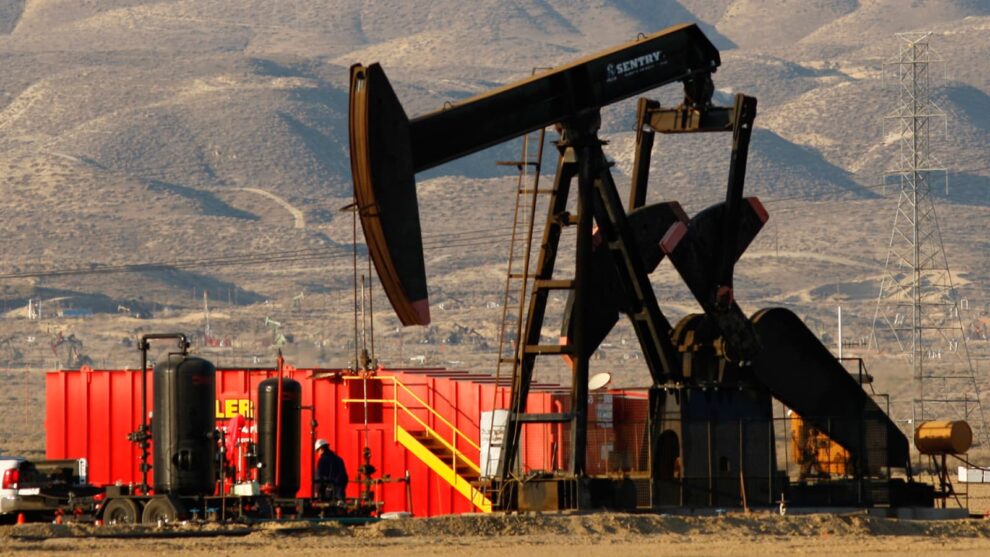Yemen has emerged as a potential flash point for global oil markets if peace talks with Iranian-backed Houthi militants collapse due to the conflict between Israel and Hamas escalating across the Middle East, analysts have warned.
Houthi militants based in Yemen have been blamed for a series of attacks on transportation and physical energy infrastructure since 2017, with facilities in Saudi Arabia the main targets. According to the Platts Energy Security Sentinel project, attacks on Saudi Arabian energy infrastructure launched mostly from within Yemen over the last six years accounted for 38% of all incidents tracked.
Prior to the current conflict in Gaza, optimism had grown in recent months for peace in Yemen after eight years of fighting between a Saudi Arabian and UAE-backed coalition and Houthi rebels armed and funded by Iran.
Saudi Aramco’s refinery in Jazan on the border with Yemen has been targeted on dozens of occasions since 2017 by Houthi militants. Attacks thought to have originated from Yemen on the giant oil processing plant in Abqaiq in Saudi Arabia saw crude record it largest ever intraday trading spike. Platts Dubai — the leading benchmark for Gulf crudes — was assessed up $9.22/b at $67.55/b on the day of the attacks in 2019.
Jim Burkhard, vice president and head of research for oil markets, energy and mobility, S&P Global Commodity Insights, said an escalation of hostilities across the Middle East could see the Houthis target ships in the region if the conflict escalates, hitting commodity flows. “That is a risk and could cause some trouble. Ultimately, it comes down to what Iran does — and their allied militias — and how the US responds,” he said.
Escalation fears
There are signs that the pan-regional conflict has already drawn in militants based in Yemen, with wider implications for shipping and commodity flows transiting through the Bab el-Mandeb strait.
On Oct. 19, a US warship in the Red Sea intercepted drones and missiles believed to have been launched by the Houthis toward Israel, and after Yemen’s Prime Minister Maeen Abdulmalik Saeed warned that “Israeli shops in the Red Sea will be targeted if the [Israeli Defense Forces] strikes on the Gaza strip continue,” according to Israeli news website Ynet.

The tanker rate for shipping a 130,000-mt dirty cargo from the Arabian Gulf to Red Sea was last assessed by Platts, part of S&P Global, at $17.45/mt on Oct. 27, up from $14.45/mt on Oct. 6, the day before Hamas launched its attack.
While increased maritime risks could add premiums for freight rates in the region, market participants note that the tanker market in general has been more driven by supply-demand fundamentals.
Jakob P. Larsen, head of maritime safety and security at BIMCO, said, “the Houthis have several options in their arsenal with which they can threaten ships in the Southern Red Sea. It includes anti-ship missiles, unmanned explosive-laden boats and aerial vehicles (drones).”
Crippled sector
Yemen boasts 3 billion barrels of crude and 17 tcf of natural gas, according to the US Energy Information Agency, but has seen its oil output fall due to underinvestment, ageing fields and the civil war. Oil previously accounted for 63% of government revenues.
The bulk of the country’s 7,000-10,000 b/d of crude is produced by state-owned Yemen General Corporation for Oil, Gas and Mineral Resources and PetroMasila and refined locally. OMV, which produced 2,000 b/d in 2022 in Yemen, is attempting to sell its three blocks.
Meanwhile, TotalEnergies’ Yemen LNG project — a potential gamechanger — could be mothballed until a peaceful resolution arrives.
Oil remains a stumbling block in peace talks, with the Houthis demanding revenues to pay salaries, Rafat al-Akhali, a fellow at the Blavatnik School of Government at Oxford University and a former Yemeni minister of youth and sports, told S&P Global in a recent interview.
Last October, the militia struck the Bir Ali and Ash Shihr loading terminals, killing Yemeni exports. The warring sides have also clashed over the fate of the 1.1 million barrels of crude — worth almost $100 million — extracted from the FSO Safer off Yemen by a UN team in August.
“Up until 2011 Yemen had been producing as much 300,000 to 400,000 b/d of crude oil. But since that time output has fallen and since 2015 production has ranged from near zero to 50,000 b/d,” said Burkhard.
“The war in Yemen has prevented a recovery in Yemen’s oil production — and the possibility of further turmoil there means a recovery will be pushed out further.”
Source : S&P Global











